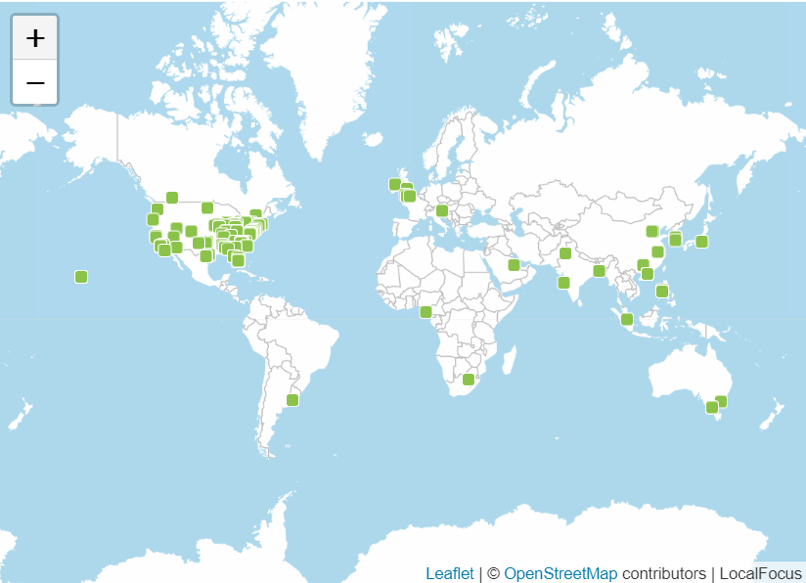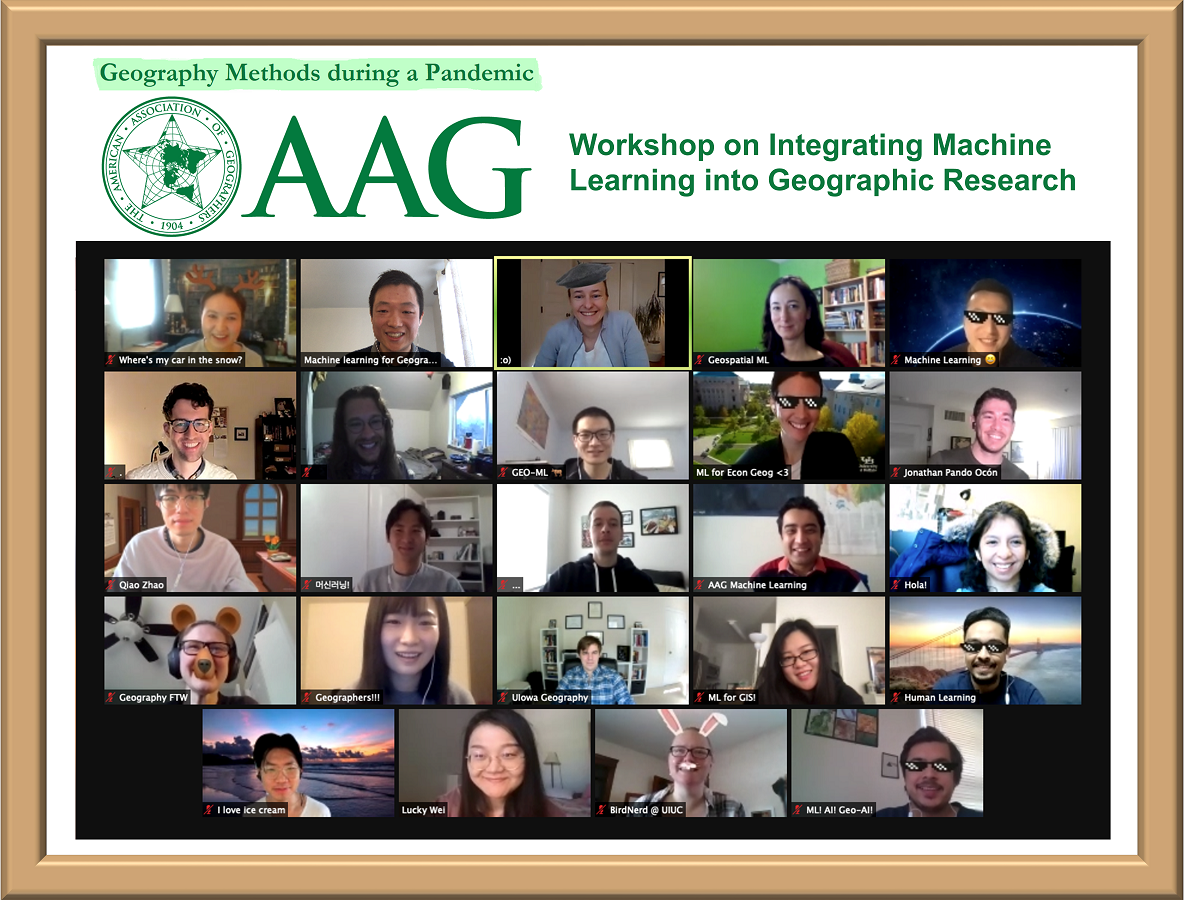We received the notification from NASA that our project proposal “Near-Real-Time Forecasting and Change Detection for a Fire-Prone Shrubland Ecosystem” was selected for funding support. This project aims to utilize statistical modeling and GeoAI methods for near-term ecological forecasting to predict natural land surface processes and evaluate near-real-time changes in the state of a hyperdiverse, fire-dependent and seasonally fluctuating open ecosystem: the fynbos of the Cape Floristic Region (CFR) of South Africa.
Our research team consists of:
• Dr. Adam M. Wilson, Principal Investigator, Wilson Lab, Department of Geography, University at Buffalo, State University of New York, United States
• Dr. Yingjie Hu, Co-Investigator, GeoAI Lab, Department of Geography, University at Buffalo, State University of New York, United States
• Dr. Glenn R. Moncrieff, Co-Investigator, Fynbos Node, South African Environmental Observation Network, South Africa
• Dr. Jasper A. Slingsby, Co-Investigator, Fynbos Node, South African Environmental Observation Network, South Africa
This project further enhances our current AI for Earth project funded by Microsoft and led by Dr. Hu.
We will be hiring a Graduate Research Assistant (starting from Fall 2022 or earlier) and a post doc researcher (starting around Summer 2021), both of whom will be co-advised by Dr. Adam Wilson and Dr. Yingjie Hu. By participating in this project, the GRA and post doc researchers will develop expertise on GeoAI, raster data processing, biodiversity, and ecological forecasting. Interested candidates are encouraged to contact Dr. Hu.

